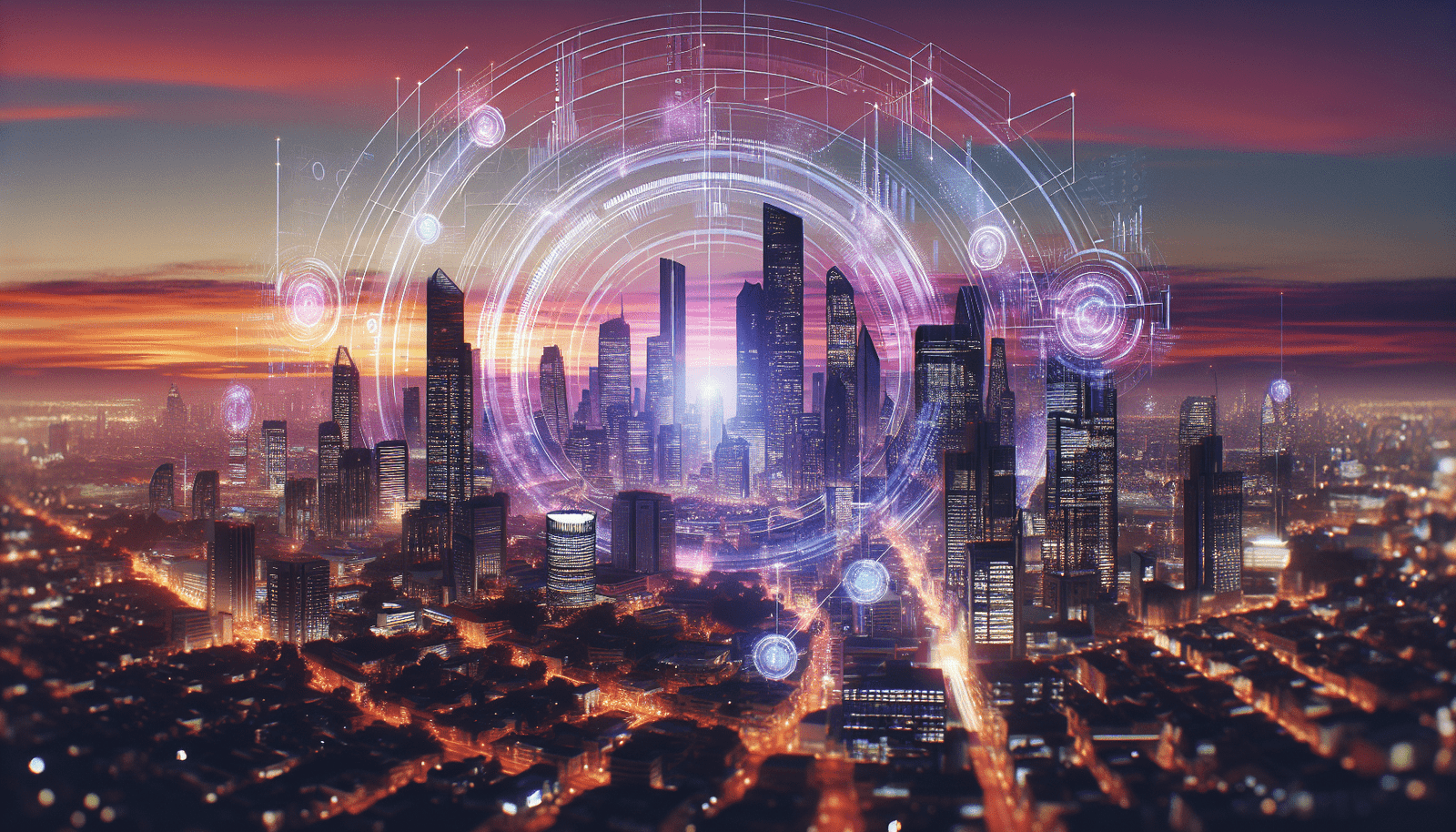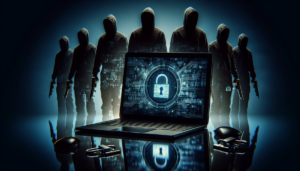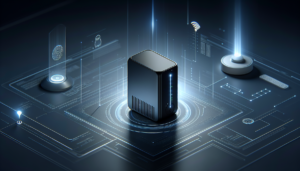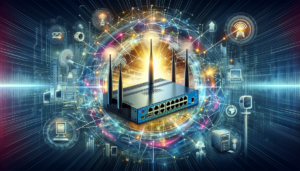Have you ever thought about how the cities we live in might someday be optimized through digital technology? It’s fascinating to think about, right? In today’s world, the advent of digital twins is reshaping how we interact with our urban environments, creating a bridge between the real and digital worlds.
What Are Digital Twins?
At the core, a digital twin is a virtual replica of a physical object or system. In my mind, it’s almost like having a mirror that reflects not just the physical characteristics but also the behavior, conditions, and processes of that object or system. This means that when I interact with the digital twin, I can gain insights into what’s happening in the real world.
Digital twins use data collected from various sources—sensors, IoT devices, and more—to create a dynamic simulation. This simulation can evolve in real time, providing up-to-date information that helps in decision-making processes.
Types of Digital Twins
When I think about digital twins, I realize that there are different types, each serving unique purposes. Here are the three main categories I often come across:
-
Individual Product Digital Twins: These twins represent single products or services. For instance, an automobile manufacturer might create a digital twin of a specific car model to monitor its performance, maintenance needs, and more.
-
System Digital Twins: These are used for monitoring a specific system, like the power grid of a city or an entire building’s infrastructure. By understanding how each component interacts within a system, I can optimize efficiency and reliability.
-
Process Digital Twins: This type focuses on processes within an organization or operation. Let’s say I’m working in a manufacturing plant; I can create a digital twin of the production process to continually improve efficiency and reduce downtime.
How Digital Twins Work
Now that I understand the types of digital twins, it’s worth considering how they work. The concept hinges on data integration and analytics. Here’s a simplified breakdown:
| Process | Description |
|---|---|
| Data Collection | Sensors gather information from the physical object or system. |
| Data Transmission | The gathered data is transmitted to a cloud storage service or a local database. |
| Data Analysis | Advanced analytics processes the data to derive insights and trends. |
| Visualization | The digital twin is updated and visualized, allowing users to see real-time changes. |
When I think of this whole process, I see it as a cycle. It begins with the collection of data, and each step feeds into the next. As the conditions in the real world change, the digital twin reflects those changes, constantly updating in real-time.
The Role of Digital Twins in Smart Cities
Now, let’s bring the focus to cities. Smart cities aim to enhance the quality of life for their residents by leveraging technology to manage resources more effectively. When I consider the potential impact of digital twins in smart cities, I can’t help but feel excited about the possibilities.
Resource Management
One of the most prominent areas where digital twins shine is in resource management. For instance, I can envision a city using digital twins for monitoring water systems. By creating a virtual representation of the entire water distribution network, the city can identify leaks more quickly and manage supply more efficiently.
| Application | Benefit |
|---|---|
| Water Distribution | Identify leaks and optimize supply. |
| Energy Usage | Manage consumption patterns effectively. |
| Waste Management | Efficient routing for collection vehicles. |
By understanding where the bottlenecks or inefficiencies lie, cities can make decisions that lead to reduced costs and better service for residents.
Transportation Systems
Transportation in urban areas is often chaotic. I appreciate how digital twins can help streamline this. With a digital twin of a city’s transportation network, city planners can simulate traffic scenarios, analyze congestion patterns, and optimize public transportation routes accordingly.
I can picture a scenario where, through real-time data, the digital twin helps adjust traffic signals based on current flow, ultimately reducing waiting times and improving the overall commuter experience.
Urban Planning
Urban planners can also benefit immensely from the integration of digital twins. Imagine I’m involved in a project to create a new housing development. With the digital twin of the area, I can analyze environmental impacts, population density, and even potential risks such as flooding.
| Planning Aspect | Benefit |
|---|---|
| Risk Analysis | Evaluate the impact of natural disasters. |
| Environmental Impact | Assess ecological consequences before construction. |
| Community Needs | Tailor developments to meet local requirements. |
By making informed decisions based on data and simulations, cities can develop more sustainable and livable environments.
Sustainability Initiatives
Sustainability is crucial in today’s urban development. Digital twins can help track energy consumption, monitor pollution levels, and even simulate the effects of greening initiatives. If I think about a city-wide tree-planting initiative, for example, a digital twin can simulate how much carbon dioxide that effort might offset over time.
| Sustainability Aspect | Impact |
|---|---|
| Carbon Footprint | Monitor and mitigate CO2 emissions. |
| Energy Usage | Optimize and reduce energy consumption. |
| Green Spaces | Design and plan for optimal green areas. |
Being able to visualize these sustainability efforts in real-time empowers decision-makers, allowing for timely adaptations and more effective resource allocation.
Emergency Management
When disasters strike, the ability to respond quickly and effectively can save lives. Digital twins can be essential tools for emergency management in smart cities. By simulating different disaster scenarios—like floods or earthquakes—I can analyze how infrastructure might be affected and which resources would be needed for a response.
| Emergency Scenario | Benefit |
|---|---|
| Flood Management | Visualize potential flood zones and plan evacuation routes. |
| Fire Response | Assess building layouts and resource allocation. |
| Public Health Emergencies | Model disease spread and resource needs. |
By preparing for various emergencies with the help of digital twins, cities can enhance their resilience and minimize risks.
Collaborating with Digital Twins
The world of digital twins goes beyond just individual cities; it opens opportunities for collaboration between different urban areas. When I think about interconnected cities working together, the potential for shared insights is immense.
Data Sharing
Cities are often faced with similar challenges, so sharing data becomes vital. If I work in one city and have access to digital twins created by other cities, we can learn from each other’s successes and failures. For instance, if another city reduced congestion through specific interventions, I’d want to look at their digital twin to understand what worked and how to implement similar changes.
Benchmarking
Digital twins allow for benchmarking against other regions. In my experience, it’s important to understand how a city stacks up against peers. With access to data and simulations from other cities, I can identify areas of improvement and set measurable goals for progress.
| Benchmarking Aspect | Benefit |
|---|---|
| Performance | Helps evaluate service delivery effectiveness. |
| Efficiency | Analyzes resource usage against peers. |
| Quality of Life | Identifies best practices for enhancing citizens’ lives. |
By being able to compare different metrics, cities can strive for excellence by leveraging best practices from others.
Collaborative Solutions
Finally, collaboration can lead to joint solutions for shared problems. When I envision a consortium of cities working together, pooling resources, technologies, and expertise, it makes me optimistic about handling big issues—like climate change—more effectively.
In a collaborative scenario, I can see cities sharing their digital twins for mutual benefit. For instance, they could jointly fund research that benefits all involved parties.
Challenges in Implementing Digital Twins in Smart Cities
Though the potential of digital twins in smart cities excites me, I also understand that there are significant challenges that need to be addressed.
Data Privacy and Security
One of the foremost concerns I have revolves around data privacy and security. With so much data being collected and analyzed, the risk of breaches or misuse becomes a reality. As someone who values privacy, it’s essential that cities implement strict data governance policies to protect their residents.
Additionally, establishing trust with citizens about how their data is used is crucial for widespread acceptance and success.
Integration with Legacy Systems
Many cities still rely on legacy systems that may not easily integrate with new technologies, such as digital twins. As I reflect on this, I realize there’s a need for investments in upgrades and interoperability to ensure seamless communication between old and new systems.
High Initial Costs
The initial investment for deploying digital twin technology can be significant. I understand that budget constraints often limit many cities from adopting new technologies. When I think about how to balance technology with budgetary needs, a phased approach can be helpful—starting small and gradually expanding as funding allows.
Skill Gaps
I often hear about the skill gaps that exist in the workforce when it comes to managing and analyzing data from digital twins. Training and educating personnel on these technologies is vital. If cities invest in the workforce’s skill development, it can lead to innovative solutions and better management of smart city initiatives.
The Future of Digital Twins in Smart Cities
As I imagine the future, I see endless possibilities unfolding with the continued integration of digital twins in smart cities. Here are a few trends that I believe are worth considering.
Enhanced User Experience
With the growth of smart technology, I know that user experience will continue to improve. Imagine walking through a city where real-time updates are provided through an app, based on the digital twin of the environment. This could allow me to navigate the city effortlessly, finding the quickest routes or discovering events happening nearby.
AI Integration
Artificial Intelligence (AI) will play a pivotal role in the advancement of digital twins. As AI algorithms become smarter, I envision them being able to analyze vast amounts of data collected by digital twins, allowing for proactive decision-making rather than reactive responses.
Open Data Initiatives
I believe that cities will increasingly adopt open data policies to share insights gathered from digital twins. This can empower citizens, allowing them to become more engaged and drive solutions to local challenges.
Sustainable Development Goals
Smart cities can use digital twins to align with global sustainability goals. By simulating the impacts of various initiatives, cities can become more viable in their efforts towards sustainability and provide a better quality of life for their residents.
Conclusion
The possibilities presented by digital twins in smart cities truly fascinate me. By integrating technology into everyday urban life, we can significantly enhance efficiency, sustainability, and overall quality of living. While challenges exist, the future holds promise, and the gradual adoption of these technologies can pave the way for smarter, more connected cities.
As we move forward, it’s essential to prioritize ethical considerations, security, and inclusivity in the design of smart cities. I look forward to being part of a world where our cities are not just inhabited but are ‘alive’ and responsive to our needs through the wonders of digital twin technology.






